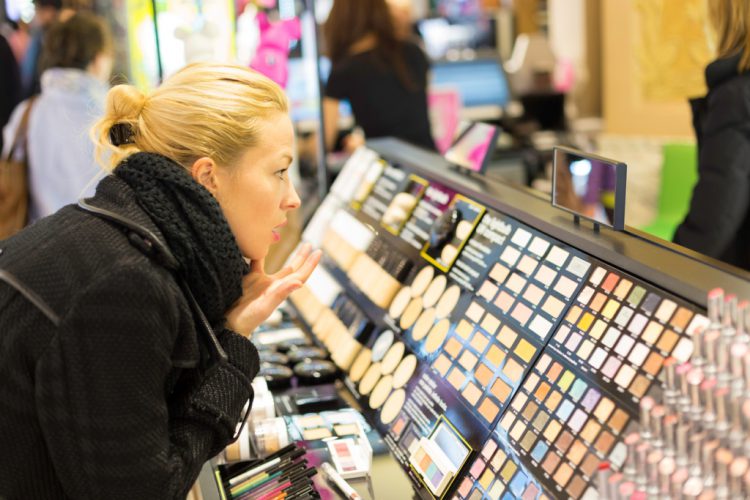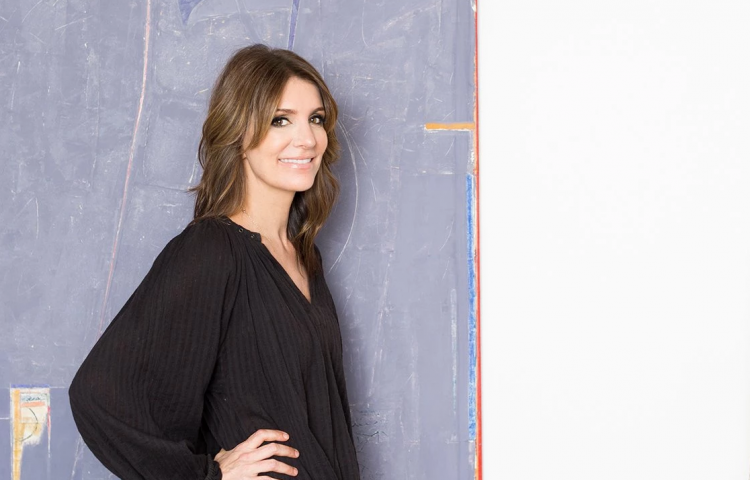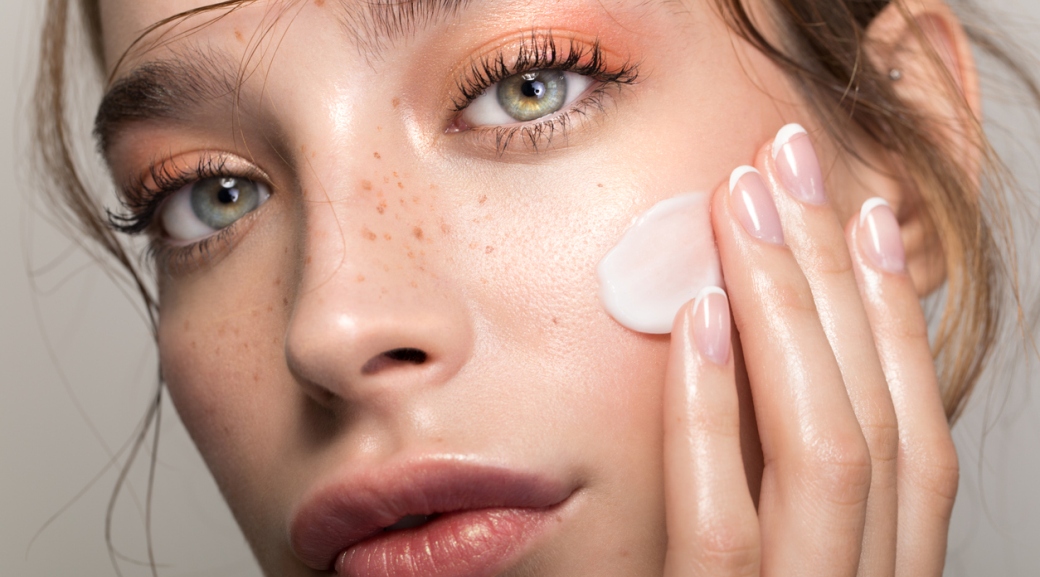Words by Elisabeth King
The days are long gone when the terms green, natural and organic covered all bases for consumers looking for cosmetics and beauty products that are as free of chemicals as possible. Over the past three years, vegan and clean beauty have muscled in on the fast-growing market that caters for people of all ages focused on overall health, the environment and what they put on their skin.
According to international data tracker, Statista, the global clean beauty market is expected to double from US$11 billion in 2016 to US$22 billion by 2024.
Clean beauty might be a siren call to younger, ethically minded demographics, but the term has no industry-wide definition. Most brands in the space claim the label for products that don’t contain natural or synthetic ingredients such as sulfates, parabens, formaldehydes, pthalates and mineral oil. All familiar no-nos in what is known as free-from claims. But a fact that is often obscured in commentary about the clean beauty movement is that products can include man-made ingredients because the focus is on safety not source.
Major focus on safety/global retailer initiatives
In June 2018, Sephora launched Clean at Sephora, which badged more than 2000 products as ‘clean’, according to the world’s largest specialist beauty chain – now with an upgrade on the list of ingredients forbidden in products that receive the clean stamp taking effect from this month (July 2019). The initiative does give guidance where European brands are concerned because the European Union introduced legislation that banned more than 1300 ingredients considered to be unsafe for use in cosmetics.

In the US, though, laws concerning cosmetic safety have not changed in recent years. But the Personal Care Products Council, which comprises most of the major US cosmetic brands, emphasises that personal care products remain one of the safest product categories regulated by the US Food & Drug Administration. In an official statement, the council confirms that the industry takes its responsibility for product safety very seriously. Adding that consumers can continue to use personal care products they have used and trusted for more than 100 years.
Other leading retailers in Australia and overseas have followed Sephora’s path in identifying clean beauty brands for their customers. Last August, Mecca organised a clean beauty roundtable to discuss the booming category. In the US, Bloomingdales, the upscale department store, debuted WellChemist, an edited collection of clean beauty brands.
But there’s even doubt whether clean beauty is a standalone sector at all. The Global Wellness Institute takes a broader viewpoint and considers the trend as an integral part of the US$1.1 trillion global wellness industry, which covers anti-ageing products, spa and well-being services and even wellness tourism
Guidance for consumers/four key points
In April, the prestigious Good Housekeeping Beauty Lab underscored the point that there was a significant cross-over of claims between clean beauty brands and products and those labeled natural, all-natural, organic, naturally derived, chemical-free, non-toxic and sustainable. With the clean beauty concept in such demand, how do consumers choose the right products?
The Good Housekeeping Beauty Lab narrowed decision-making down to four important steps. Today’s consumers give a lot of consideration to where ingredients originate and sustainability. A major information source, advises the Beauty Lab, is the Made Safe Hazard List (madesafe. org), curated by a non-profit organisation as America’s first comprehensive human health-focused certification for non-toxic products from babycare to cosmetics, personal care and household. The list is also invaluable to retailers in the US and overseas when selecting brands and products that truly fit the clean beauty label, especially as some of the world’s biggest multinationals such as Procter & Gamble and Johnson & Johnson and so many niche brands come from the US.

Products that are dye and fragrance-free are better for the environment, too, because they use fewer ingredients which can cause irritations in sensitive skin. Sustainability has become a crucial selling point in beauty and personal care, more so when it comes to clean beauty. Not only for ingredients and their supply chains, but also for packaging. Minimal packaging is a major point of difference for clean beauty brands and the materials used should be recyclable.
Even though many of the mainstream beauty and personal care brands from the largest multinationals to startups are contributing to environmental causes or giving back through donations, buying brands that detail their giving back strategies and initiatives is non-negotiable for anyone entering the clean beauty category, says Good Housekeeping. Mintel backs up this stance. According to the researcher, 57 per cent of shoppers would buy – or boycott – a brand depending on its ethical values. A recent report from Nielsen reveals that 65 per cent of global beauty and personal sales are generated by brands with social and environmental values.
Fewer ingredients/detox trend/scientists weigh in
The detox trend in diet and beauty has also impacted clean beauty, says Victoria Buchanan, senior strategic researcher at The Future Laboratory, the world’s leading trend forecasters. “As consumers continue to scrutinise what is in the products they put on their skin, zero irritants will become the new standard of natural beauty. An obsession with detoxification is also fueling demand for stripped-back, ‘clean’ ingredients”.
An attitude that is also behind the rise of beauty and personal care products which contain fewer ingredients. Mintel reports that 21 per cent of US consumers now look for skincare products with as few ingredients as possible because of the increasing incidence of sensitive skin. Many consumers equate the clean beauty concept with formulas with less ingredients and an increasing number of brands in the category are touting the fact that they use ‘less aggressive’ actives.
Cult US brand, Drunk Elephant, which is sold in Australia through Mecca, is a standard bearer for clean beauty and emphasises the importance of a minimalistic skincare routine. The brand has vetoed what it calls the “suspicious six”- essential oils, drying alcohols, silicones, fragrance and dyes, chemical screens and sodium laurel sulfate, which it claims cause every skin problem the founder, Tiffany Masterson, has ever seen.

Another major point of difference for many clean beauty brands is a stronger focus on clinical testing, especially by independent testing companies. Clare Hopkins, co-founder of the UK brand, Balance Me, says it’s not always important to have every active in a product at a high concentration, but clinical testing is the key. “Some actives may even aggravate if levels are too high or add unnecessary costs”.
Because many of the proponents of clean beauty are influencers or celebrities, not dermatologists or scientists, there is a growing number of accusations that it is just a gimmick or a ‘made-up slogan’. More and more scientists and dermatologists in the UK and the US are challenging the main message that ‘chemicals’ are bad and ‘clean’ is good. The final word goes to David Colquhoun, former professor of pharmacology at University College London and a longterm critic of pseudo-science and alternative medicine, who says that if people have the money to buy clean beauty products it’s their individual choice and they certainly won’t do themselves any harm.

